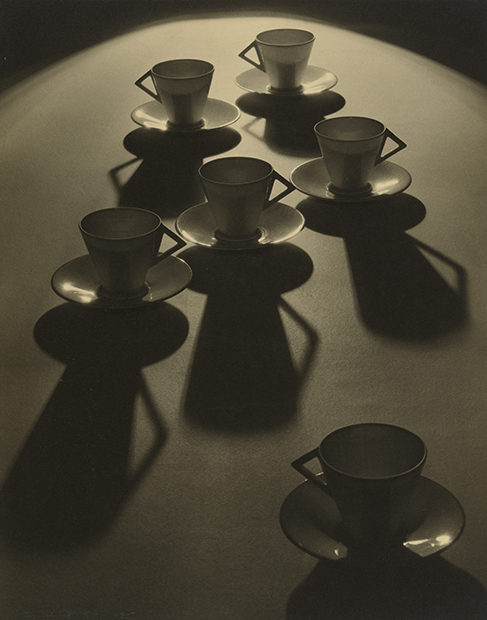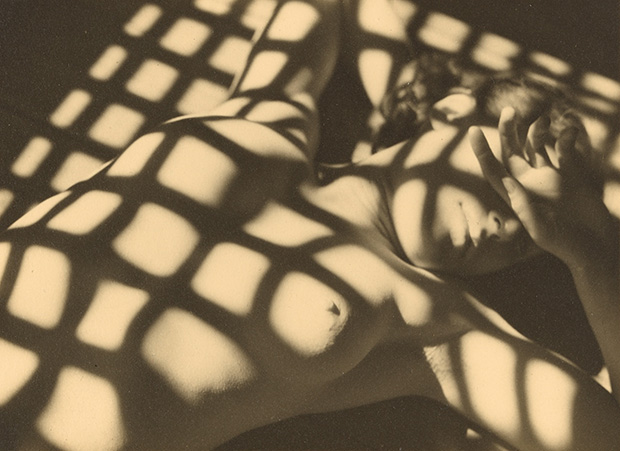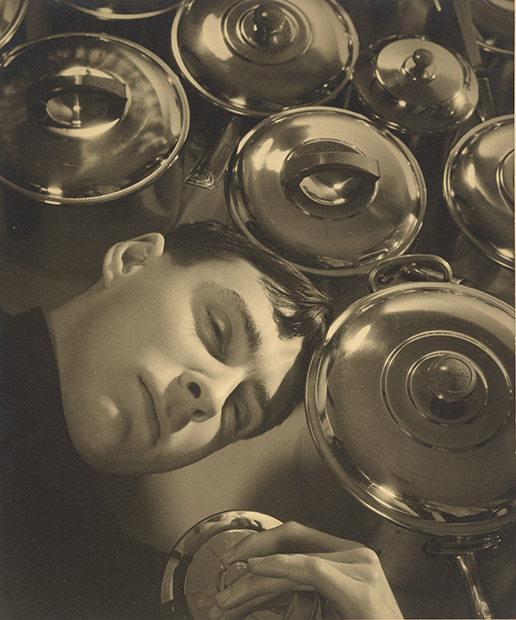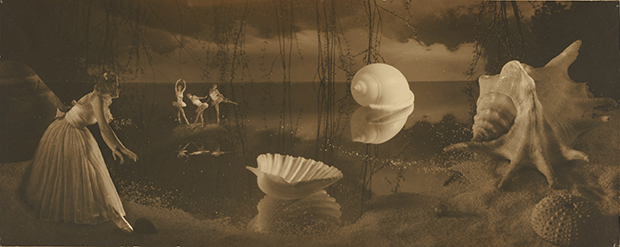Melbourne's Ian Potter Museum of Art is set to be the first Victorian gallery to host Max and Olive: The photographic life of Olive Cotton and Max Dupain.
The touring exhibition, from the National Gallery of Australia, brings together a substantial group of works by these famed Australian photographers for the first time.
The exhibition features 65 selected rare vintage prints by Dupain and Cotton made between 1934 and 1945 and includes well known iconic images such as Dupain’s Sunbaker (1937) and Cotton’s Teacup ballet (1935).
Dupain and Cotton were at the centre of Australian photography in the mid-twentieth century and were influential in the shaping of Australian culture. Friends from childhood, Dupain and Cotton produced now iconic photographs during an exciting period of experimentation and growth in Australian photography.
Their professional relationship spilled over into their personal lives and the two were married for a short while from 1939. Max and Olive explores their shared lives, studio and professional practice.
Max and Olive: The photographic life of Olive Cotton and Max Dupain runs from 31 May – 24 July at the The Ian Potter Museum of Art, The University of Melbourne, Swanston Street, Parkville.
Teacup ballet, 1935. Olive Cotton. (Gelatin silver photograph, 37.5 x 29.5cm, National Gallery of Australia, Canberra, purchased 1983.) 
Sun dazzle, 1935. Max Dupain. (Gelatin silver photograph, 11.8 x 16.2cm, National Gallery of Australia, Canberra, purchased 1982.)
Max Dupain, self-portrait, 1935. (Gelatin silver photograph, 30.2 x 25.2cm, National Gallery of Australia, Canberra, gift of Jill White.)
Design for a mural, 1942. Olive Cotton. (Gelatin silver photograph, 15 x 37.4cm, National Gallery of Australia, Canberra.)







